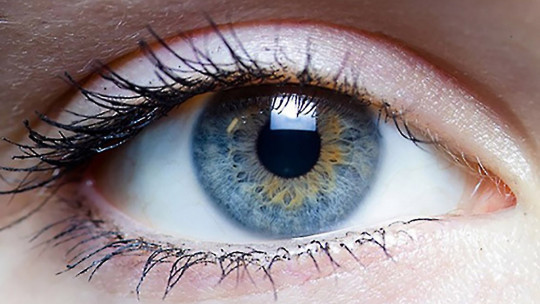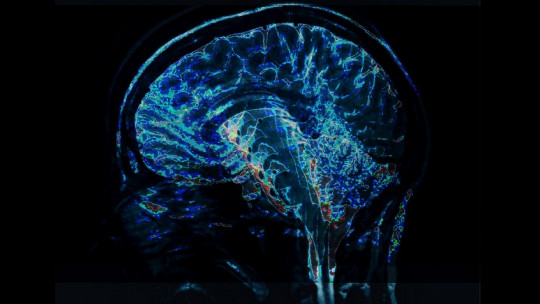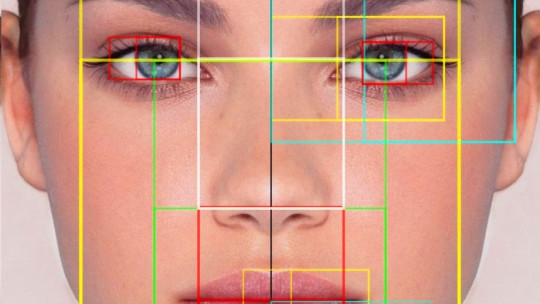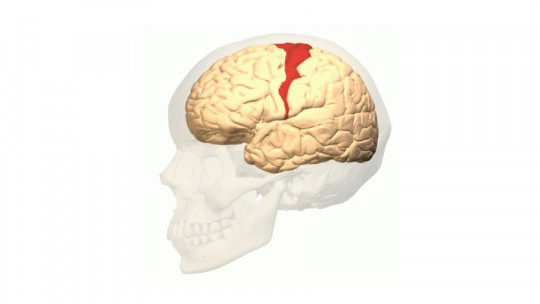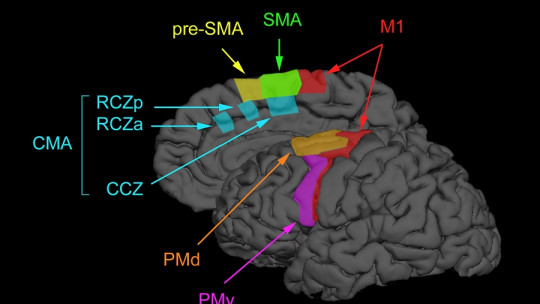It is said that the eyes are the mirror of the soul, that a person’s gaze can reveal many facts about them.
Whether this is true or not, what we can find out about someone’s gaze is where they are looking. If he is paying attention to us, looking at our face, or on the contrary he appears absent looking somewhere else.
As we watch, The eyes make hundreds of rapid movements with which we can see different details of the object, animal, person or scene in front of us.
These types of movements are saccades, something that, although it may seem simple, has been widely studied and plays a very important role in orientation through physical space. Let’s look in more depth at what they consist of.
What are saccades?
Saccadic movements, also called saccades, are rapid and simultaneous movements that both eyes perform when they are looking towards a point in the same direction.
These movements were described by the French ophthalmologist Louis Émil Javal in 1880, who was able to observe them experimentally by seeing how people read silently. These movements are controlled cortically by the frontal eye fields and subcortically by the superior colliculus.
The movements made during reading are not one, but consist of several small fixations that allow an entire sentence to be read. The same thing happens when you are looking at a painting or when you are looking at a room to look for the keys.
Function
Both humans and many animal species do not see only by looking at a specific point statically In order to capture the maximum possible information, and not miss any detail, it is necessary to move your eyes. With saccades it is possible to scan the environment, find interesting data and mentally create a three-dimensional map.
Another important function of these movements has to do with how the photoreceptor cells are distributed. The central part of the retina, that is, the fovea, is a place where there is a high concentration of cones, cells responsible for color vision. Due to this, the eye, being static, is only capable of perceiving in detail between 1 and 2 degrees of the total 164 degrees that human vision has. The rest of the retina has rods, cells that are effective in capturing movement.
By moving both the head and the eyes, it is possible for the fovea to capture more details, which allows the brain to have a greater percentage of the scene with high visual resolution. It should be said that both cones and rods need these saccadic movements, since they are cells that are activated by changes in light intensity. If there are no changes in the light they receive, the stimuli sent to the brain cease.
Duration time
The saccades are very fast. In fact, they are one of the fastest movements the human body is capable of.
In the human species, the angular velocity of the eyes when making saccades can exceed 900 degrees per second. The onset time of saccades when faced with an unexpected stimulus can be only about 200 milliseconds and last between 20 and 200 milliseconds depending on the amplitude.
Types of saccades
Saccades can be classified into four types depending on the objective for which they are carried out.
1. Visually guided saccades
The eyes move towards a scene. It can be exogenous, because a stimulus that has appeared in the visual scene has been seen, or done endogenously, with the purpose of scanning what is being seen.
An example of this type of saccade would be when a fly suddenly appears and we follow it with our eyes to kill it or when we are looking at a painting, in which we look at the most striking details of the painting.
2. Antisaccade
As its name indicates, an antisaccade is an eye movement that moves toward the opposite location of the stimulus.
3. Guided memory saccade
This type of eye movement is very curious, since it consists of moving the eyes towards a remembered point, without actually seeing a stimulus.
For example, when we close our eyes and try to remember Leonardo da Vinci’s famous painting, La Gioconda, we unconsciously move our eyes focusing on the details of the painting, even though what we are seeing is completely mental.
4. Predictive saccades
The eyes, which are viewing a real object or stimulus, move in a way that predicts how the observed object will behave.
For example, while watching an airplane fly, you can follow the trajectory of the aircraft assuming that it will do so straight.
Relationship with reading
The human eye is capable of reading, continuously and without having to stop, an entire line of text. Saccadic movements are necessary in reading, since if you keep your gaze fixed on a specific letter, the fovea only perceives those closest to it, and it is only possible to clearly see between four and five more letters.
When reading, the eyes focus on a word, extract the information and move on to the next, allowing chained movements that allow reading word by word or sets of them and understanding the text. Thus, the reading process consists of continually engaging and disengaging your gaze on the page you are looking at. When disengagement occurs, the fovea stops acting and becomes the task of the peripheral retina, which tracks where the next jump has to be made. Once the point in question is located, the fovea acts again.
A fairly common problem in children who have reading problems occurs when the saccades are not precise or do not last as long as they should. This means that they are not able to correctly identify the letter (confusing the letter ‘d’ with ‘b’), or that they are not able to extract the information completely. As a result, children need the help of a finger to read, move their heads more than normally necessary, skip sentences and paragraphs, or read slowly.
Associated pathologies
In ADHD, an increase in errors due to antisaccade movements has been seen, while visually guided saccades, which are those used to look at stimuli and focus on details, occur delayed.
Nystagmus is a condition in which eye movements occur involuntarily, causing the sensation that the eyes are vibrating. This problem causes vision to be affected and reduced, since as the eyes are constantly moving, the fovea captures the environment in an anarchic way. This means that you cannot see clearly what you want, as you cannot fix your gaze on one point.
Saccadic masking
Many people believe that when saccades are made, the optic nerve does not transmit information This belief is not true. What happens is that the brain selectively blocks visual processing while eye movements are made.
This means that, if we stand in front of a mirror and look first at one eye and then at the other constantly, the eye movement will not be seen, but neither will there be the feeling that we have stopped seeing at some point in the process.

